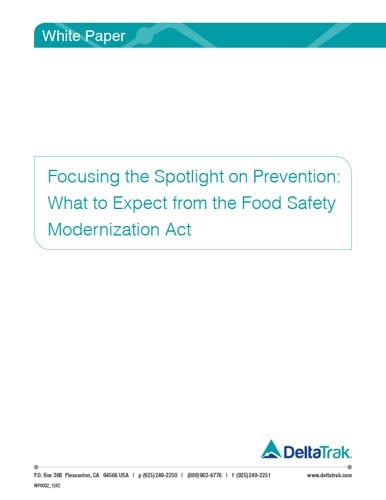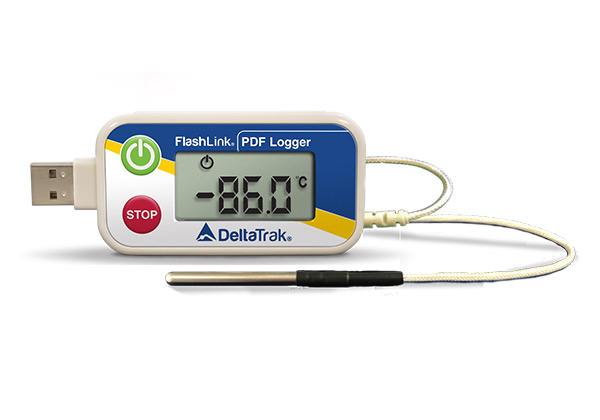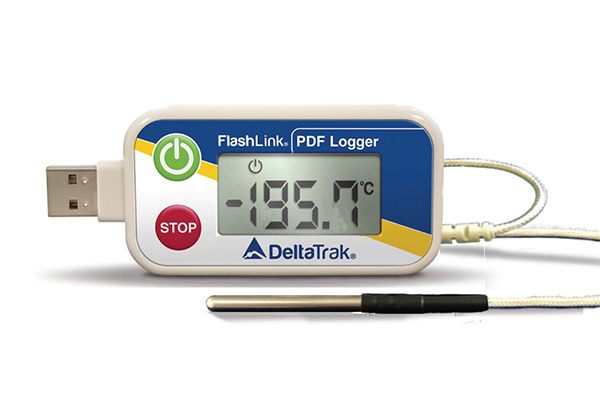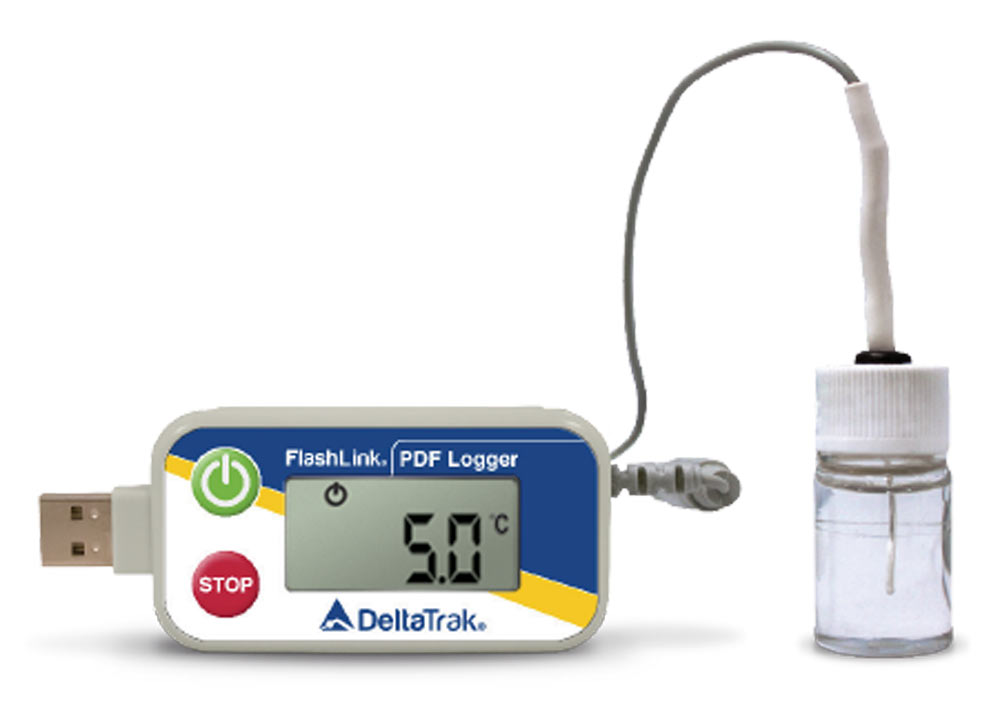 Download PDF
Download PDFThe Food Safety Modernization Act (FSMA) S. 510 was signed into law in 2011. The law significantly expands the powers of the Food and Drug Administration (FDA) with respect to foods it generally oversees and its main goal is to focus the department on food contamination prevention. The bill is considered to be the first major federal legislation on food safety since 1938 when the Federal Food, Drug and Cosmetic Act was passed giving the FDA authority to oversee the safety of food, drugs and cosmetics. Since then the FDA has had only a limited role in controlling food safety as the industry regulated itself. With the passage of time however U.S. food production has become more centralized and the importation of foods has risen significantly. The FDA reports that nearly two thirds of the fruits and vegetables in the U.S. are imported and estimations are that between 2007 and 2015 FDA regulated imported foods will triple. This globalization of food sources coupled with numerous foodborne related outbreaks over the last several years has spurred the urgency that lead to the passing of the FSMA. Growers, processors and retailers alike will be affected. This paper examines the changes that will be implemented and how those changes will impact the farmers, growers, processors.
The bill, which remained on the shelf for a year and a half, was finally pushed through the Senate in part due to increased media attention on recalls and several disturbing foodborne illness outbreaks in the past few years. Cookie dough, leafy greens, beef and peanut butter have all been cited as sources of contamination from 2009 to 2011 alone. Additionally, according to the Center for Disease Control and Prevention (CDC) one in six Americans get sick each year from foodborne diseases. The legislation attempts to strengthen the FDA's ability to prevent and detect disease rather than simply reacting to outbreaks. S. 510 has four key components; testing for dangerous pathogens, tracing outbreaks back to the source, providing the FDA with mandatory recall authority and requiring imported foods to comply with the same standards that U.S. based foods are required to comply with. Further compartmentalized these components are detection and response, prevention measures, imported food rulings and inspection measures (including track and trace capabilities). Growers, processors, distributors and transporters of food will be affected at varying levels in each of these component sections.
Detection and response
Prior to the passage of this bill the FDA had the capability to detain food for 20 to 30 days to pursue a court action. However their authority was extremely limited and required the agency to possess evidence that the food presented a threat. As a result the department rarely actually detained food leaving the food manufacturers to voluntarily recall suspected dangerous products on their own. Other factors that may have limited the agency's effectiveness in enforcing food detention include the complexities of obtaining evidence, the lack of enforcement personnel and a concentration on higher priority issues. With the passage of the FSMA the FDA has been given the authority to directly issue a food recall without the requirement for hard evidence of contamination. The FDA is now empowered to seize food that they have any reason to believe is contaminated, adulterated or misbranded. This change was designed to focus the FDA on prevention moving the department away from its current reactive role.
Should the FDA issue a food recall the department also has power to suspend any food facility's production should they deem that there is an associated health risk. Any facility that is suspended cannot distribute food and the FDA may impose suspension or recall fees on the company. All food manufacturers previously were only required to register once however with the implementation of the new bill facilities must renew registration between October and December of each even number year.
The bill has other agencies working on preparation for outbreaks. The Health and Human Services (HHS) and the Department of Homeland Security (DHS) have been mandated to prepare specific response and recovery outlines in the event of a foodborne illness outbreak. Additionally, grocery stores will be responsible for keeping customers abreast of all the latest recalls.
Focus on prevention
The new bill's emphasis on prevention includes the identification of new preventative outlines created by the FDA and the implementation of hazard analysis by each food facility. Also, specific nationwide standards for produce may be set by the FDA. New screening, packaging and monitoring tools will be extremely valuable to food facilities in implementing these company preventative control plans.
The new bill requires that the FDA identify the most significant food threats and provide an outline or regulation for food production facilities using new science- based methods. The current FDA Title 21 part 110's good manufacturing practice regulation is the guideline that companies must follow. It sets forth the guidelines that food manufacturers and processors must follow in the processing, producing and handling of food and it covers multiple areas from warehousing and distribution to personnel. Going forward the FDA will be required to identify the most significant food threats and publish new outlines for food production handlers every two years.
Each food production facility will be required to inform the FDA of its food safety prevention plans. The company's written plan will be required to include all the company's prevention controls such as controls at critical control points and verification, monitoring, corrective action and recordkeeping methodologies. This hazard analysis requirement will ensure that food is not contaminated and further ensure that food is not misbranded for allergen control. Additionally, the law gives the FDA the power to set nationwide standards for produce production and harvesting.
New tools and technology for preventing contamination
New Technologies and tools applicable to these preventive regulations include improving packaging, and monitoring and maintaining the cold chain from harvest to delivery.
New packaging technologies have been developed to allow food manufacturers, processors and shippers to extend food shelf life delaying decay and subsequently reducing the potential for bacterial contamination. Prime Pro EAP technology is one example of Modified Atmosphere Packaging technology that significantly extends shelf life. Prime Pro EAP's polyethylene plastic sheets, covers and liners contain a proprietary additive that removes ethylene, a plant hormone that accelerates the ripening and decaying process, from foods. Removing ethylene and combining this with low temperatures significantly extends the shelf life of foods and reduces the chance of contamination.
According to the FDA most bacteria can multiply more rapidly within a food's temperature danger zone of 4°C and 60°C degrees. This means that consistent food and environmental temperature checks and recordings play a critical role in safe food handling. Historically temperature controls have been the first line of defense for preventing food contamination. Some of the newest technologies to monitor and maintain temperature controls include state-of-the-art wireless networks, such as DeltaTrak's FlashLink RF system, that are designed to help customers monitor and qualify temperature and humidity conditions throughout various environments. Wireless systems provide real-time, monitoring, recording and alarm system with user-defined set up, continuous, centralized monitoring, and complete management reporting for temperature and humidity conditions. Designed to form a network that can easily be integrated with existing corporate IT systems, wireless temperature monitoring systems can be used in warehouses, storage facilities, distribution centers, manufacturing, food service and many more locations. Wireless temperature monitoring on a mobile basis in temperature.
New guidelines for imported foods
Another major focus of the new act is on food importation. To ensure the safety of foods imported from other countries the act includes stricter requirements, more importer accountability, third party certification and new qualified importer programs. To support this focus the FDA will be increasing field staff and establishing new offices in foreign countries.
The new act requires U.S. importers to verify that all of its foreign suppliers have the proper controls in place to ensure they are adhering to food safety requirements. Foods that are deemed high risk foods can be refused if the necessary certifications are not recorded. The importers will be required to do this by developing and implementing a Foreign Supplier Verification Program. This verification program is stipulated to include such monitoring and tracking initiatives as records lot certifications, record keeping, hazard controls, sampling and testing products. Importers are further required to keep records regarding their programs for a period of two years.
The bill states that the FDA will be given money to increase its staff in the field and requires the department to open offices in at a minimum five international countries that export to the United States.
Inspections
The FDA Code of Federal Regulations currently lists its good manufacturing practices (GMPs) guidelines in Title 21 section of the regulations. These guidelines cover the methods, controls, facilities and equipment involved in processing and producing food. They also are used by the FDA for inspections. With the passage of FSMA the FDA will be required to increase inspection frequencies from its current rate where food facilities are being inspected about once every 10 years to an inspection rate of once every three years for high risk facilities and once every seven years for low risk facilities. It will also be expected to inspect at least 600 foreign facilities during the first year the act is in effect and then double that number every year for the next five years. During these inspections food facilities will be expected to give the FDA access to its records relating to any foods the department believes may adversely affect consumer's health.
In addition to increased inspections and the ability to access a food facility's records the FDA will be required to develop a new system for tracking and tracing domestic and imported foods. The FDA will also be issuing regulations on new recordkeeping requirements for food facilities that either process, hold, pack or manufacturer high-risk foods. The act specifies that the FDA will determine which high risk food will require extra recordkeeping no later than one year from the date the bill is enacted. The department is further required to publish a rule on this new recordkeeping requirement and when this is done they will be required to publish a list of high-risk foods on its website.
New tools for traceability
Given the increase in inspections and emphasis on traceability and tracking food processors, manufacturers, distributors and retailers alike will no doubt need new technologies and tools to comply with the new rules and regulations. Securing the quality of products, particularly when it comes to the cold chain and being able to provide traceability is vital as traceability is being driven by both the industry itself and these new regulations. New Technologies and tools applicable to these new inspection regulations include new tracking and traceability technologies such as bar-coding, temperature tracking, and RFID technologies. One of the most promising technologies available today for tracking and tracing products are the tools and systems involving RFID and smart barcode labels or systems. Many industries with time/ temperature sensitive products are adopting these systems to streamline their tracking and traceability capabilities. DeltaTrak Wireless temperature and humidity monitoring systems provide wide area, real time monitoring, recording and alarm system for temperature sensitive commodities including food. New barcode technologies are also emerging to track and trace temperature sensitive products from the farm to fork. Labels tracking temperature using barcode technology can now allow growers, processors and receivers of foods to cost effectively and continuously track a pallet, carton or single package's temperature from field to retailer. From warehousing through distribution all the way to the cashier, this new bar coding label technology from DeltaTrak gives customers the exact data they need to maintain product integrity, increase safety and shelf life and provides accurate records for increased traceability.
Concerns
The new act requires a lot from the FDA however funding for these new projects is unclear. Other concerns have been voiced by small farms who fear the increased paperwork, stricter regulations and increased costs will put them out of business. This has led to an amendment that provides exemption to small farms and markets that have revenue under $500,000 annually. However, according to one 2010 USDA report almost 30 percent of all US agricultural output comes from family farms making less than $500,000. This is a fairly sizable section of suppliers.
Affects on growers, processors, distributors and transporters
So what exactly does this all mean to the various facilities along the food supply chain? Some are affected only minimally and some will be more profoundly affected. Facilities that have comprehensive preventative and quality controls in place may find that the new act will affect them only to the extent that they must provide further evidence to the FDA that they are operating at the safest possible level. Facilities or processors that have somewhat less stringent processes will find they may need to take a hard look at their HACCP and preventative control plans.
Growers who do not operate processing or packaging facilities are minimally affected as most of the regulations do not apply to them. However growers who operate processing or packaging facilities will be subject to many of the standards imposed on processors. The growers will need to comply with the FDA's produce safety guidance when it is published and when the FDA identifies what it considers to be high risk fruits and vegetables they will have to comply with the requirements it applies.
The large majority of new provisions in the FSMA are directed at food processors with several key provisions impacting their processes. Those that import ingredients will be required to ensure that their sources comply with the U.S. food safety requirements when that program is established. Processors will be inspected more often and need to be prepared with appropriate HACCP and preventative control plans in place. Processors will be required once the FDA finalizes its document program to provide written proof of these plans.
Distributors and Transporters will also be required to have written HACCP and prevention control plans in place. The act also requires the FDA to issue regulations on the sanitary transportation of food. As with processors, distributors will also be required to ensure importation sources comply with safety regulations.
Conclusion
The new law expands and broadens FDA regulatory powers and focuses the FDA more on prevention than reaction to outbreaks. Its mandates include new regulations in response, prevention, food importation and inspections. New techniques tracking and tracing food will be useful elements as food facilities and processes develop or embelish their preventative control and HACCP plans to met the new guidelines and regulations.




